Foster’s No. 2 Holly Tree
- June 22, 2023
- 0 comment
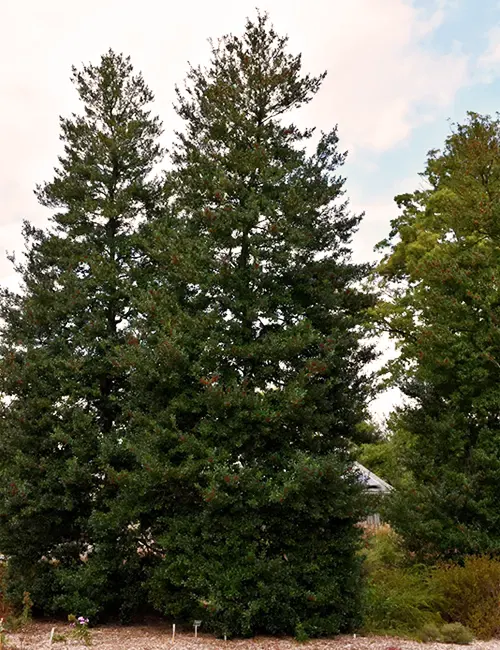
Common Name: Foster’s No. 2 Holly Tree
Botanical Name: Ilex ‘Fosteri #2’
Family: Aquifoliaceae
Plant Type: Evergreen tree
If you’re searching for an elegant and vibrant tree to enhance your garden’s beauty, look no further than Foster’s No. 2 Holly tree. With its impressive attributes and resilience, this botanical wonder is sure to captivate your senses. Let’s delve into the world of Foster’s No. 2 Holly tree, exploring its characteristics, care requirements, and intriguing facts.
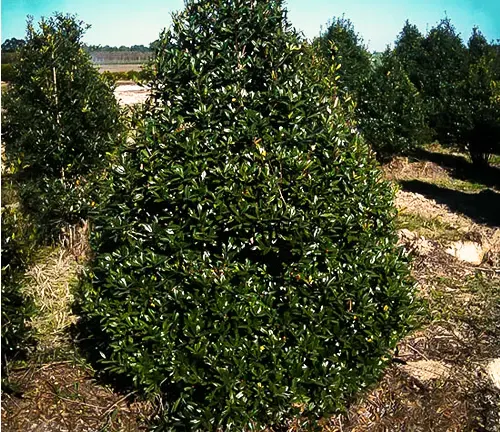
Mature Size and Growth Rate
The Foster’s No. 2 Holly tree matures into a magnificent specimen, reaching a height of 15 to 20 feet (4.5 to 6 meters) with a spread of 10 to 15 feet (3 to 4.5 meters). It has a moderate growth rate, allowing you to witness its splendor evolving over time.

Soil Type and Preference
This holly tree thrives in well-drained soils and exhibits remarkable adaptability to various soil types. It prefers slightly acidic to neutral soil pH levels, but it can tolerate a range of soil conditions.

Hardiness Zones
Foster’s No. 2 Holly tree is hardy in USDA zones 6 to 9, making it suitable for a wide range of climates.
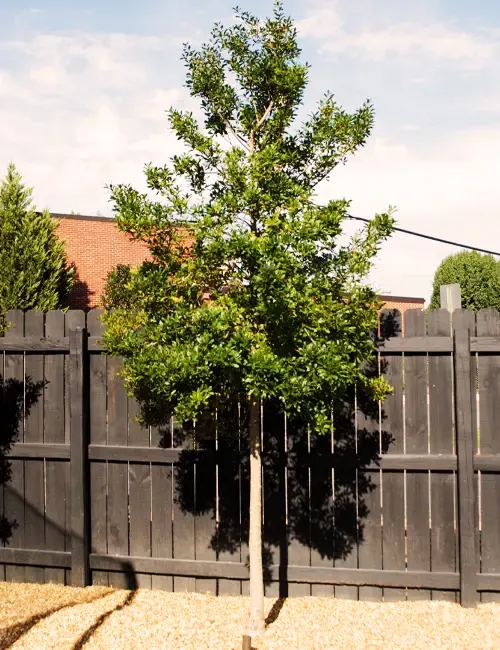
Sun Preference
This holly tree flourishes in full sun to partial shade. It appreciates receiving at least six hours of direct sunlight each day but can also tolerate some shade.
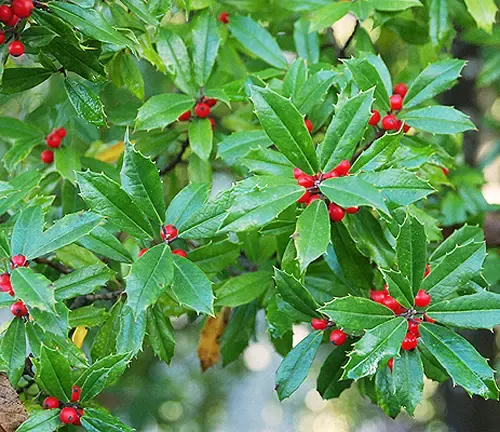
Attributes and Characteristics
The Foster’s No. 2 Holly tree is renowned for its striking appearance. Its glossy, dark green leaves feature serrated edges and lend an air of sophistication to any landscape. The foliage remains on the tree throughout the year, providing an evergreen presence even in the depths of winter.
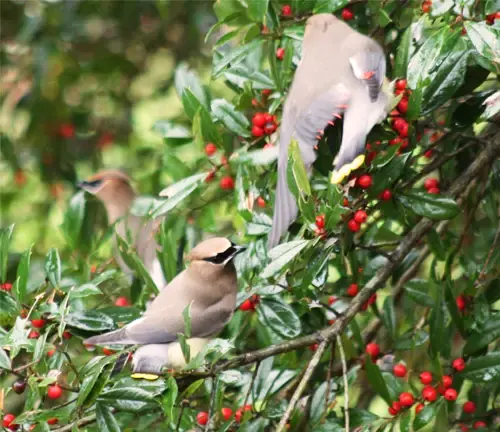
Wildlife Value
This holly tree holds great value for wildlife. Its berries are a valuable food source for birds during the colder months, attracting a variety of species to your garden and enhancing its ecological diversity.
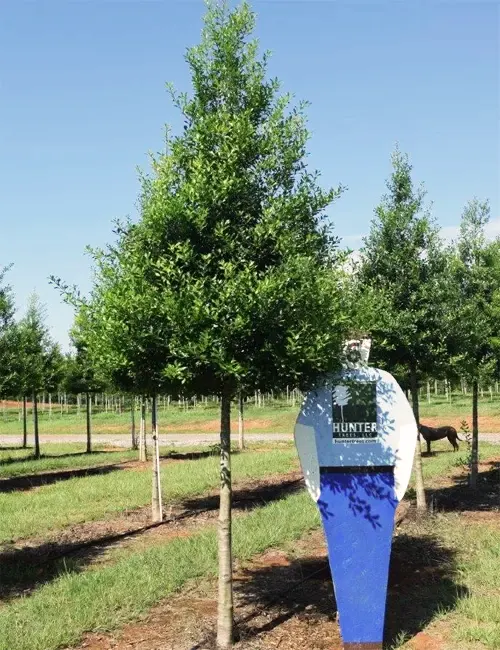
Care
To ensure the healthy growth of your Foster’s No. 2 Holly tree, provide regular watering during dry spells, especially during its early years. Mulching around the base of the tree helps retain moisture and regulate soil temperature. Applying a balanced fertilizer in spring can promote optimal growth.
Benefits
Beyond its aesthetic appeal, Foster’s No. 2 Holly Tree offers several benefits. Its evergreen nature provides year-round beauty, acting as an effective privacy screen or windbreak. Additionally, its dense foliage offers shade and shelter for smaller plants, creating a microhabitat within your garden.
Invasive
Foster’s No. 2 Holly tree is not considered invasive. However, it is always advisable to check with your local agricultural extension or invasive species organizations for any region-specific concerns.
Lifespan
When provided with proper care, Foster’s No. 2 Holly tree can live for several decades. Its lifespan typically ranges from 20 to 40 years, making it a long-lasting investment for your garden.
Disadvantage
One potential drawback of Foster’s No. 2 Holly tree is its spiny leaves, which can be prickly to the touch. However, with careful placement and consideration of its surroundings, this can be easily managed.
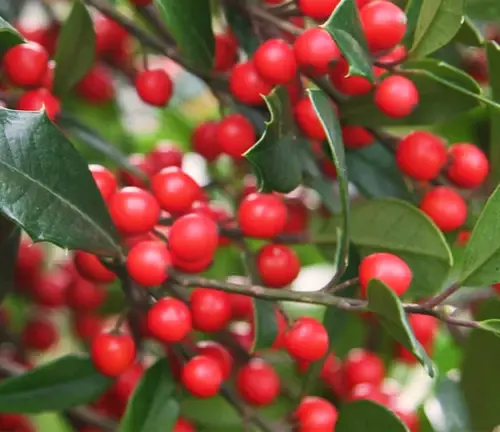
Edible or Not
The berries produced by Foster’s No. 2 Holly tree are not considered edible for humans. They contain compounds that can cause gastrointestinal distress if ingested. However, they hold immense value as a food source for wildlife.
Habitat Requirements
This holly tree thrives in a variety of habitats, ranging from woodlands to urban gardens. It adapts well to different soil conditions and can withstand moderate drought once established.
Name Origin
The Foster’s No. 2 Holly tree owes its name to its developer, Dr. John Foster, an accomplished plant breeder renowned for his work on holly hybrids. His efforts have contributed significantly to the diversity and beauty of the holly tree family.
Varieties
While Foster’s No. 2 Holly tree stands as an exceptional variety in its own right, there are numerous other captivating holly tree cultivars available. Some popular choices include ‘Blue Prince,’ ‘Nellie R. Stevens,’ and ‘Oakleaf.’
Pruning
Pruning is essential to maintain the desired shape and size of your Foster’s No. 2 Holly tree. It is best done in late winter or early spring before new growth emerges. Careful pruning will promote denser foliage and enhance the tree’s overall appearance.
Propagating
Foster’s No. 2 Holly tree can be propagated through various methods, including seed germination, stem cuttings, or grafting. However, for consistent traits and faster growth, it is often best to purchase a nursery-grown specimen.
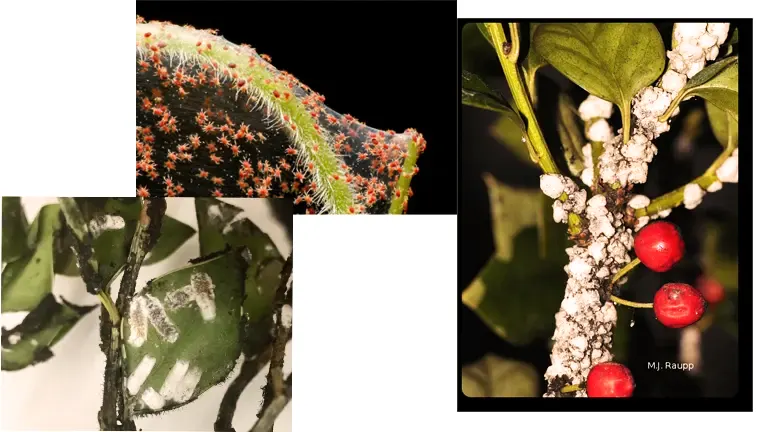
Common Pests & Diseases
While Foster’s No. 2 Holly tree is relatively resistant to pests and diseases, it may occasionally encounter issues such as leaf spot diseases, spider mites, or scale insects. Promptly addressing these problems through proper cultural practices or targeted treatments can help maintain the tree’s health.
Fun Facts:
- Holly trees, including Foster’s No. 2 Holly, have long been associated with Christmas traditions, symbolizing everlasting life and protection against evil spirits.
- The wood of holly trees is highly valued by woodworkers for its fine texture and pale, creamy color.
- Holly leaves are often used in wreaths and other festive decorations due to their vibrant green color and striking appearance.
Frequently Asked Questions:
- Q: Is Foster’s No. 2 Holly tree suitable for small gardens?
A: Yes, the moderate size and controlled growth rate of this holly tree make it a viable option for smaller gardens, provided proper pruning is performed. - Q: Can Foster’s No. 2 Holly tree tolerate drought?
A: Once established, this holly tree exhibits good tolerance to moderate drought conditions. However, it is advisable to provide regular watering during extended dry spells. - Q: Are the berries of Foster’s No. 2 Holly tree poisonous to pets?
A: Yes, the berries contain compounds that can be toxic to pets if ingested. It is best to prevent access to fallen berries or prune lower branches within reach of curious animals. - Q: Can I grow Foster’s No. 2 Holly tree in a container?
A: While holly trees can be grown in containers, they may require more frequent watering and monitoring to ensure adequate root space and proper drainage.
In conclusion, Foster’s No. 2 Holly tree is an exceptional addition to any garden, combining elegance, resilience, and wildlife value. With its glossy leaves, vibrant berries, and ease of care, this holly tree stands tall as a captivating centerpiece in your outdoor oasis. Consider welcoming Foster’s No. 2 Holly tree into your garden and witness its enduring beauty for years to come.


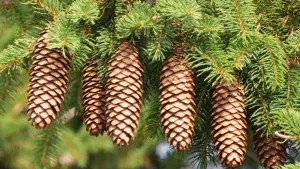

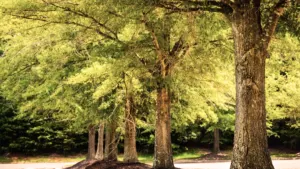
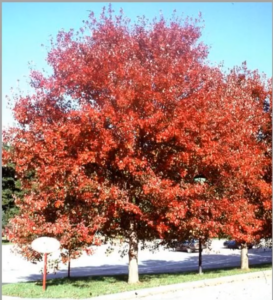


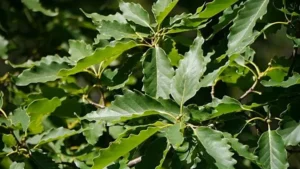

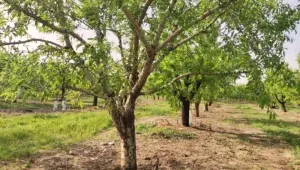

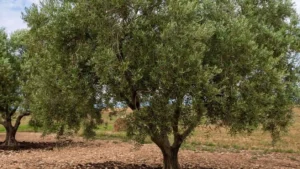

Leave your comment